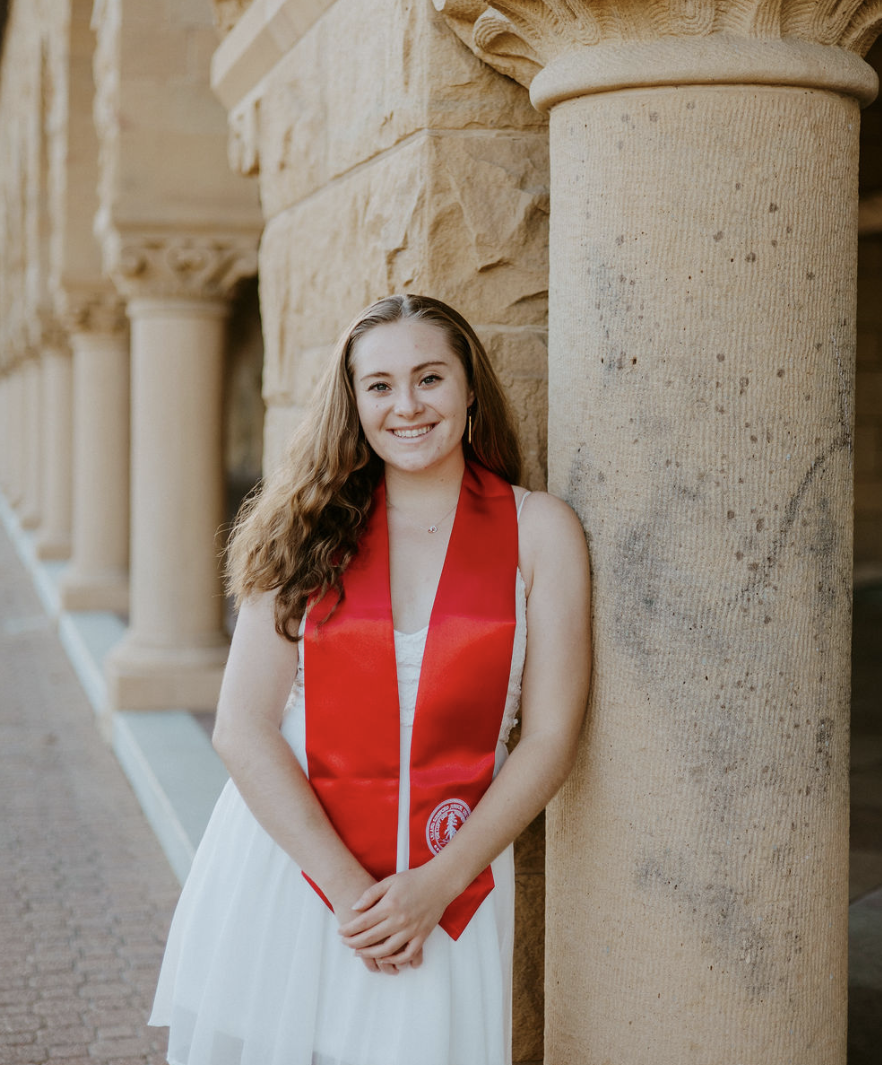Donor House (DoHo)
I worked on DoHo in my introductory human-computer interaction class at Stanford. Paired with three other students and tasked with working on a project within the volunteering and philanthropy space, we started with needfinding and created a high-fidelity prototype.
Our Mission
There are very few ways for donors to meet like-minded philanthropists; current social platforms are tailored for quick interactions instead of meaningful community building, and nonprofits lack resources allocated for inter-donor relations. DoHo provides a space for passionate philanthropic donors who want to connect to like-minded donors from the same organisations by facilitating peer-to-peer relationships as well as engagement with larger community events.
Design Process
-

Needfinding
We interviewed a diverse group of participants holding many different roles from several nonprofits to gain insight into the world of philanthropy and needs of those in the philanthropic community.
-

Experience Prototype
After gaining direction from our initial interviews, we wanted to better understand and characterize different stakeholders in the realm of philanthropic giving by connecting with more nonprofit personnel in varying roles as well as donors.
-

Concept Video
We conducted research so that we could better understand the current state of the market and what our product could add. We decided to create a platform that would create donor community. The concept video demonstrates our product idea.
-

Lo-fi Prototype
Next, we began to flesh out our idea and create user tasks as well as UI sketches and storyboards to put our ideas on paper. We created a low-fidelity prototype with the goal of testing our idea and receiving user feedback from those in our target demographic.
-

Med-fi Prototype
For our med-fi prototype, we used Figma to create an interactive UI. It includes Wizard of Oz functions and hardcoded information. View our medium-fidelity prototype along with the corresponding README file which gives additional context!
-

Heuristic Evaluation
Our classmates used Jakob Nielsen's 10 Heuristic Evaluation techniques plus three techniques added in class to evaluate our project. This feedback was used for and incorporated into our high-fi prototype.
-

Hi-fi Prototype
We used React Native and Expo Go to build up our functional app, with a clean UI with a focus on the UX to maximize the Hi-fi prototype experience. Check out the prototype as documented in the README file.
-

Final Report and Poster
Welcome to the final report and pitch! Our team designed our final poster and pitch slide to present the final product. We’re happy to share all that we’ve learned.
Hi-fi Prototype Demo
Watch to see a walkthrough of our high-fidelity prototype
What I learned
How to conduct needfinding interviews to uncover user painpoints
How to analyze user interviews (empathy mapping)
How to create intuitive UI and seamless UX
Heuristics for analyzing user interfaces
How to conduct user studies and user testing
How to use Figma to create wireframes
How to use React Native for mobile development
What I contributed
Scheduling majority of interviews using personal networks and snowball recruiting
Performing empathy mapping on interviews
Storyboarding various task flows
Conducting user testing via experience prototyping
Helped with creation of med-fi prototype in Figma
Helped code certain screens of high-fi prototype done using React
Meet the Team
-

Minha Kim
DESIGNER
-

Christina Kwak
PROJECT MANAGER
-

Claire Muscat
PRODUCT MANAGER
-

Finsam Samson
DEVELOPER
